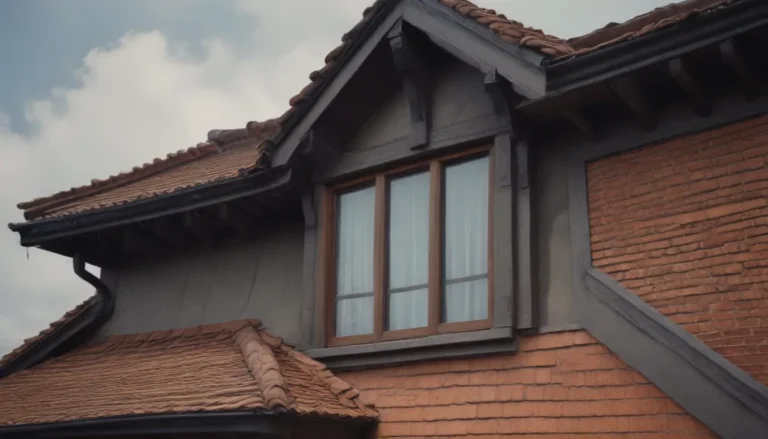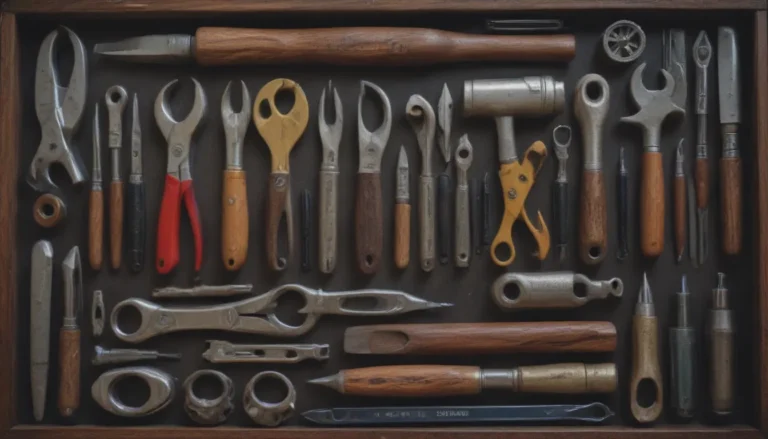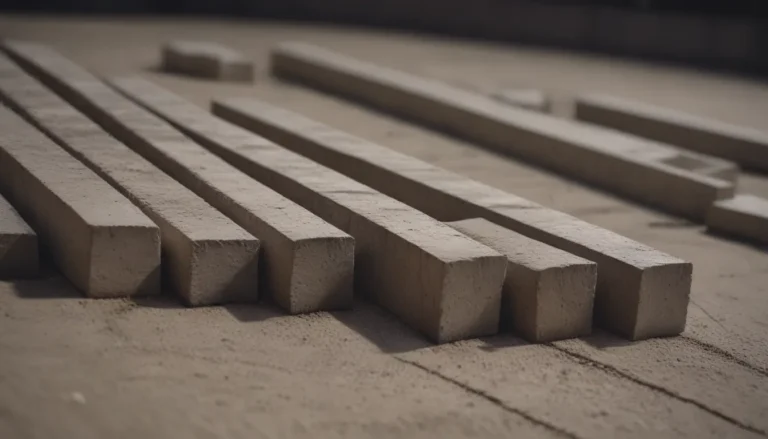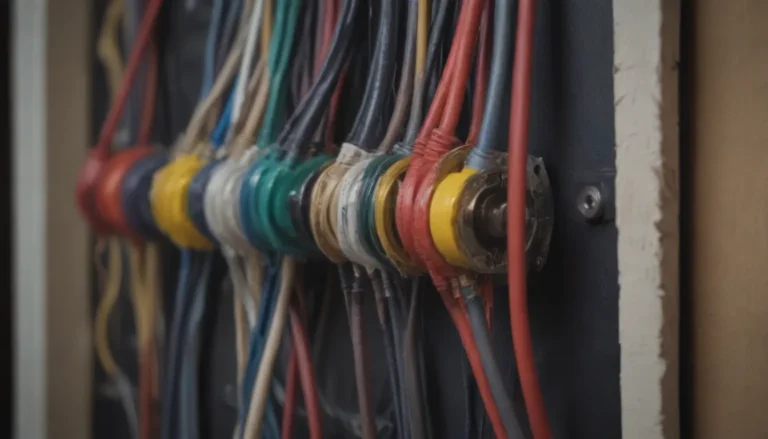The Ultimate Guide to Removing Stripped Screws
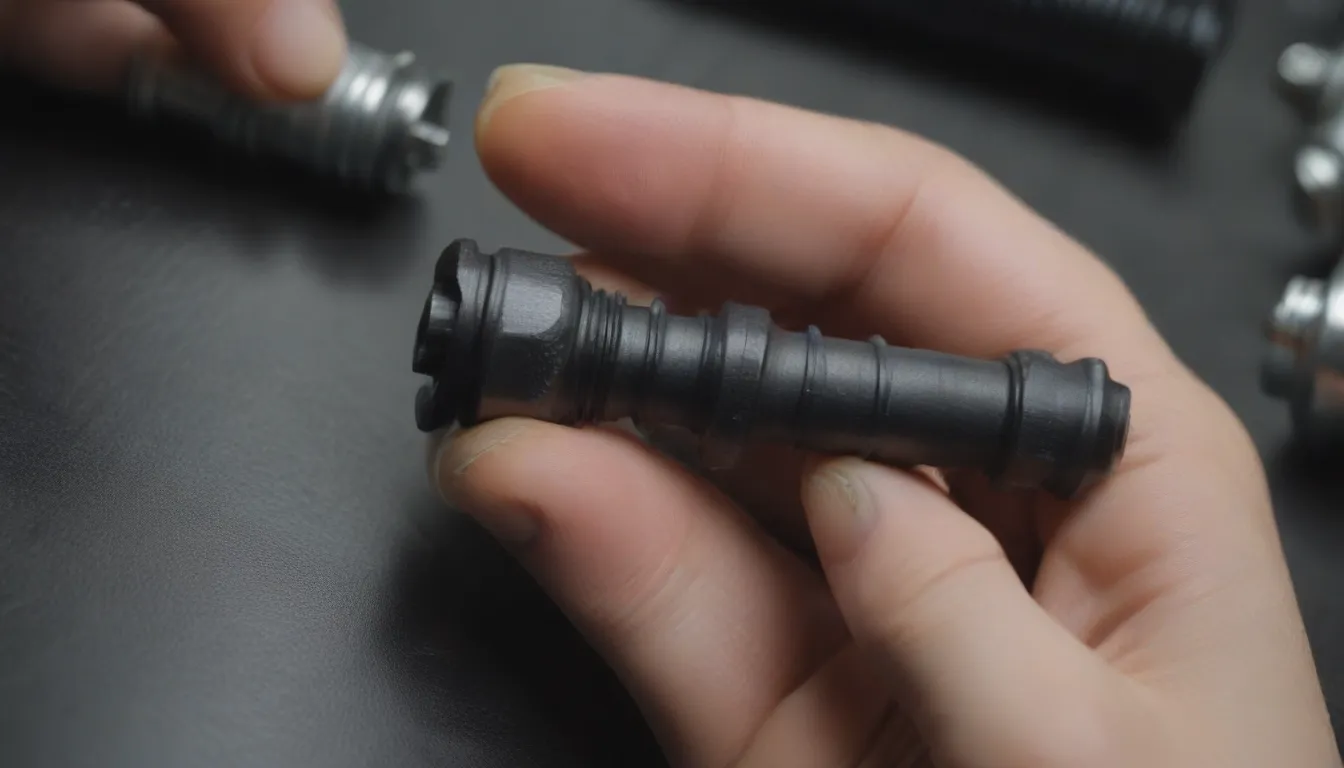
Stripped screws can be a real headache, but fear not – there are several effective ways to tackle this pesky problem without breaking a sweat. Whether you’re dealing with wood, metal, or plastic, we’ve got you covered with a range of handy tips and tricks. From using common household items to specialized tools, we’ll walk you through the process step by step.
Understanding Stripped Screws
A stripped screw occurs when the top indents of the screw have been worn away, making it difficult for a screwdriver or drill bit to grip and turn the screw. This can happen for various reasons, such as using the wrong size driver or applying too much force when turning the screw.
But don’t worry – there are simple techniques you can use to remove a stripped screw with ease. Let’s dive into some effective methods that will save you time and frustration.
Ways to Remove a Stripped Screw
Here are some tried and true methods for removing a stripped screw from different materials like wood, metal, or plastic:
Use a Different Driver
- Remove a stripped Phillips head screw with a manual flathead screwdriver.
- Angle the blade into the screw head and force it down hard.
- Clamp locking pliers to the sides of the screw head for better grip.
- Turn the screw the rest of the way out.
Use Pliers
- Bypass the stripped screw head and grip it with a pair of locking pliers.
- Turn the adjustment screw on the pliers and clamp down on the screw.
- Turn the screw counter-clockwise to release it.
Tip: For screws flush or embedded in wood, groove out shallow indentations next to the screw head for better grip.
Add a Rubber Band
- Place a wide rubber band between the screwdriver tip and the stripped screw head.
- The rubber band adds grip and fills in gaps on the screw head.
Use a Larger Driver
- Change to a slightly larger diameter driver bit or screwdriver.
- Lean hard into the drill or screwdriver and turn counter-clockwise for better grip.
Use a Manual Screwdriver
- Use a manual screwdriver for more torque and control.
- Lean into the screw and add pressure without risking further damage.
Add Steel Wool
- Place a small section of steel wool over the screw head.
- Press down while turning the screw counter-clockwise for improved friction.
Tap With a Hammer
- Tap a manual screwdriver into the screw head with a light hammer.
- This seats the tip of the screwdriver deeper into the screw for better grip.
Cut a Slot
- Cut a slot into the screw head with an electric tool for easier turning with a flat-head screwdriver.
Add an Abrasive
- Drop a pinch of non-chlorinated cleaning powder or fine sand onto the screw head for increased friction.
- Use one or two drops of grip friction drops for finer abrasive.
Use a Screw Extractor
- If other methods fail, use a screw extractor kit with special drill bits for stripped screws.
Tip: For stubborn or rusted screws, add penetrating oil and let it sit before removal.
Add Duct Tape
- Tear off a section of duct tape and apply it over the screw head.
- Press the screwdriver onto the tape and turn counter-clockwise for better grip.
How to Get a Stripped Screw Out of Different Materials
Different materials may require specific techniques for removing stripped screws:
Remove Stripped Screw from Metal
- Tap the stripped screw with a small hammer to break up rust.
- Use penetrating oil and a screw extractor kit for rusted screws in metal.
Remove Stripped Screw from Wood
- Cover the area with tape to prevent damage.
- Use a screw extractor or extractor pliers to access the screw head in wood.
Remove Stripped Screw from Plastic
- Use a rubber band or duct tape for improved friction.
- Avoid abrasive materials that can scratch plastic.
Remove Stripped Screw from the Wall
- Turn counter-clockwise with pliers for screws embedded in the wall.
- Dig into the drywall with a flathead screwdriver to access the screw head if it’s below the surface.
Tip: Patch the hole in the drywall with drywall compound or spackle.
How to Avoid Stripping Screws
Prevention is key when it comes to avoiding stripped screws:
- Fix a Stripped Screw Hole in Wood: Add a longer or wider screw, or use a screw hole repair kit for better grip.
- Fix a Stripped Screw Hole in Metal: Use a tap-and-die set to create new threads for a secure fit.
- Avoid Stripping Screws: Use the correct size driver and avoid excessive force when turning screws.
Remember, lower-quality screws made of soft metal are more prone to stripping, so choose high-quality screws for better durability.
With these handy tips and tricks, you’ll be able to tackle any stripped screw with confidence. So next time you encounter a stubborn screw, don’t fret – you’ve got the know-how to handle it like a pro!
